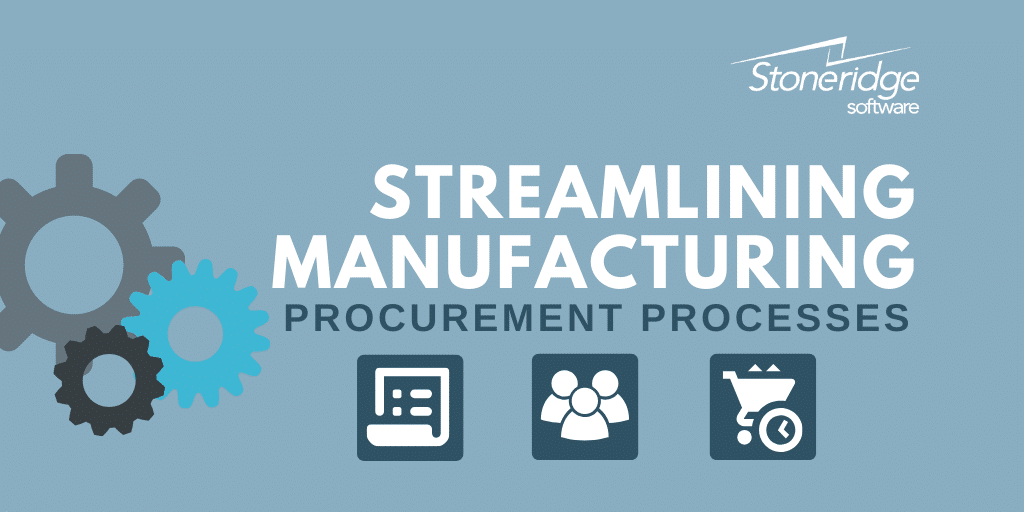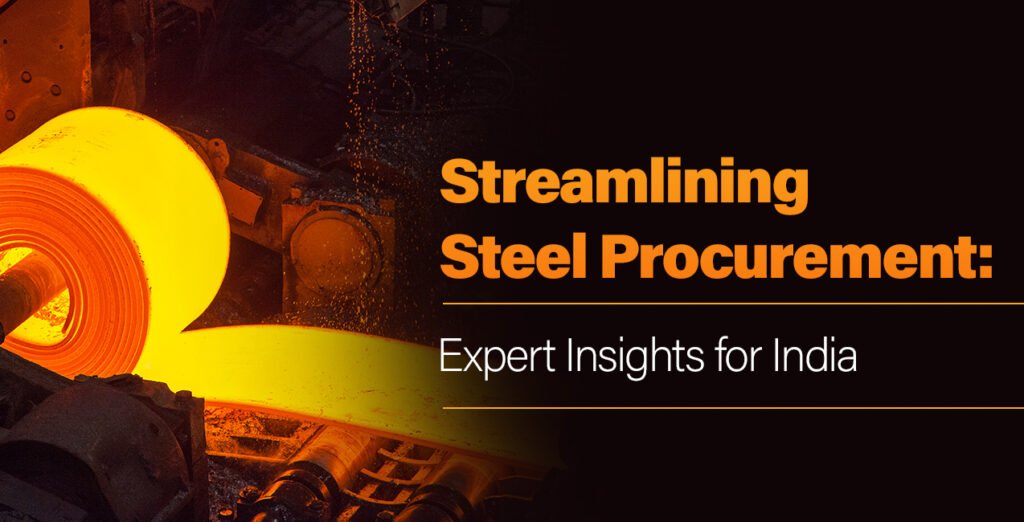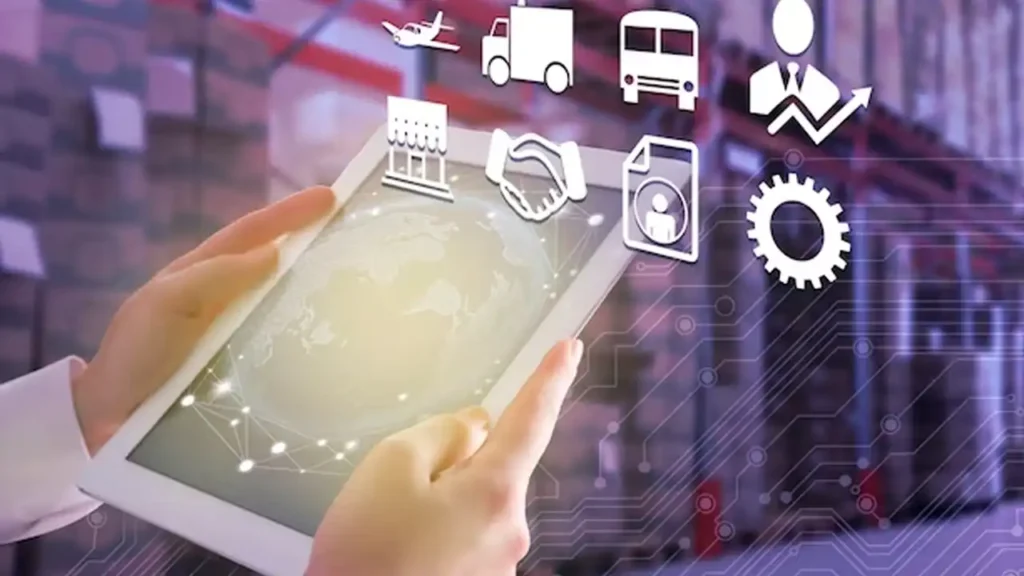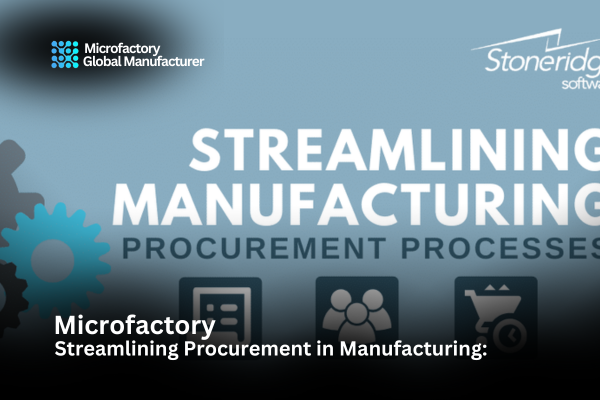In today’s rapidly changing industrial landscape, procurement Streamlining Procurement in manufacturing plays a pivotal role in ensuring smooth operations and cost-efficiency. But Streamlining Procurement isn’t just about buying goods and services; it’s about acquiring them strategically. The smarter a Streamlining Procurement in manufacturing business manages procurement, the better its bottom line. That’s why streamlining the Streamlining Procurement process has become more critical than ever. With the rise of advanced technologies and innovative models like microfactory, companies now have new avenues to improve their procurement strategies. So, how exactly can manufacturers optimize procurement? Let’s dive in.
Understanding Procurement Processes
Before you can streamline procurement, it’s essential to grasp the underlying processes. Manufacturing procurement is multi-faceted, involving everything from supplier identification to contract negotiation.
Key Stages of Procurement
The procurement process in manufacturing involves several crucial stages, each with its own challenges and opportunities for optimization.
Identifying Supplier Needs
The first step is understanding what the business needs from its suppliers. This could include raw materials, equipment, or services. Accurately defining these requirements is vital for finding the right suppliers.
Supplier Evaluation and Selection
Once the needs are clear, manufacturers must evaluate potential suppliers. Factors such as cost, quality, reliability, and delivery speed come into play here. Effective evaluation ensures that businesses choose suppliers that align with their production goals.
Negotiating Contracts and Terms
After selecting a supplier, negotiating favorable terms is key. This stage involves hammering out pricing, delivery schedules, and payment terms to ensure a mutually beneficial relationship.
Challenges Faced in Manufacturing Procurement
Procurement in manufacturing doesn’t come without its fair share of challenges. From supply chain issues to budget overruns, manufacturers must constantly adapt to changing circumstances.
Supply Chain Disruptions
Global supply chains are vulnerable to disruptions—whether due to natural disasters, political instability, or unexpected demand surges. These disruptions can cause delays, affecting production schedules and increasing costs.
Managing Supplier Relationships
Maintaining strong relationships with suppliers is crucial, but it can be tricky. Miscommunications, delayed shipments, or quality issues can lead to strained partnerships. Building long-term trust and collaboration is essential to smooth procurement processes.
Cost Control and Budgeting
Staying within budget while managing procurement is a delicate balancing act. Rising material costs, currency fluctuations, and unforeseen expenses can throw off financial plans. Controlling costs requires careful planning and ongoing negotiations with suppliers.
Best Practices for Streamlining Procurement
So, how do you streamline procurement in manufacturing? Here are some tried-and-true best practices to help you optimize your processes.
Leveraging Technology in Procurement
Technology has revolutionized procurement, making it faster, more efficient, and less error-prone.
ERP Systems for Procurement Efficiency
Enterprise Resource Planning (ERP) systems allow manufacturers to integrate procurement processes with other business functions like finance, inventory, and production. These systems enable real-time data sharing, providing more visibility into procurement operations.
Automation Tools for Order Management
Automating order management can significantly reduce manual errors and improve processing times. By using tools that automatically generate purchase orders, track shipments, and manage invoices, manufacturers can streamline repetitive tasks.
Streamlining Procurement in manufacturing Image



Centralized Procurement Systems
Centralizing procurement involves consolidating purchasing functions across departments or locations. This approach helps standardize processes, reduce redundant orders, and enhance bargaining power with suppliers. It’s especially useful for large manufacturers with multiple production sites.
The Role of Microfactories in Procurement
Microfactories are an emerging trend in the manufacturing world, and they’re changing the game for procurement.
What is a Microfactory?
A microfactory is a small, highly automated manufacturing facility designed to produce goods on a smaller scale. These facilities leverage advanced manufacturing technologies like 3D printing and robotics to reduce waste and lower production costs.
How Microfactories Impact the Supply Chain
Microfactories offer more localized production, which can shorten supply chains and reduce transportation costs. This localized approach also allows manufacturers to respond quickly to changing consumer demands and market conditions.
Benefits of Microfactories for Procurement
The use of microfactories can streamline procurement by reducing the number of suppliers needed and minimizing lead times. They can also lower costs by sourcing materials more efficiently and cutting down on waste, ultimately enhancing the overall procurement process.
Sustainable Procurement Strategies
Sustainability is no longer just a buzzword—it’s a crucial component of modern procurement strategies.
Eco-Friendly Supplier Selection
Manufacturers are increasingly prioritizing eco-friendly suppliers that follow sustainable practices. Choosing suppliers that use renewable energy or recycled materials can reduce a company’s environmental footprint.
Reducing Waste in the Supply Chain
Sustainable procurement goes hand-in-hand with waste reduction. By selecting suppliers with efficient waste management practices, manufacturers can reduce costs while contributing to a greener planet.
Conclusion: Embracing Innovation in Procurement
Streamlining procurement in manufacturing is an ongoing process that requires a mix of technology, strategy, and innovation. From leveraging ERP systems to adopting microfactories, the opportunities for improvement are vast. By continuously refining procurement strategies and embracing sustainable practices, manufacturers can stay competitive in an ever-evolving market. As procurement becomes more automated, localized, and eco-conscious, the manufacturers that lead the charge will set themselves up for long-term success.
Conclusion
Streamlining procurement in manufacturing is not just about saving time or cutting costs. It’s about embracing innovation, improving supply chain efficiency, and staying competitive in a global market. By leveraging technology such as ERP systems and automation tools, and adopting models like microfactory, manufacturers can enhance their procurement processes. In addition, focusing on sustainability and fostering stronger relationships with eco-friendly suppliers can boost long-term profitability while also aligning with environmental goals. As manufacturing continues to evolve, those who prioritize and innovate procurement will lead the way to greater operational success and sustainability.
FAQs
1. What are the benefits of using ERP systems in procurement?
ERP systems integrate procurement with other business functions, providing real-time data and improving efficiency across departments.
2. How can manufacturers reduce supply chain disruptions?
Building relationships with multiple suppliers, diversifying sourcing locations, and using technology to track shipments can help minimize disruptions.
3. What is a microfactory, and how does it affect procurement?
A microfactory is a small, automated manufacturing facility that shortens supply chains and reduces costs, making procurement more efficient.
4. How does sustainable procurement benefit manufacturing?
Sustainable procurement reduces waste, lowers costs, and helps manufacturers meet regulatory requirements while contributing to environmental conservation.
5. What challenges do manufacturers face in procurement?
Key challenges include supply chain disruptions, managing supplier relationships, and controlling costs while meeting production needs.


